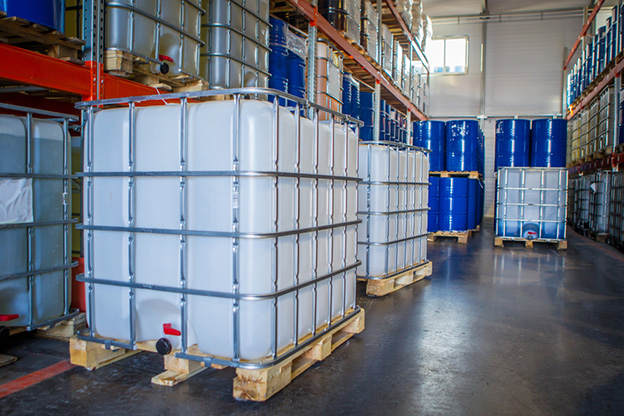
When it comes to running a food distribution center or warehouse, sanitation needs to be top of mind. The stakes are much higher when you’re sending out products and orders that are meant for human consumption. Small errors and contamination could easily lead to widespread illness, item recalls and even death.
The government is here to help your facility comply with the latest regulations, but there are other ways you can improve the overall health and safety of your warehouse. Some facilities may not be audited by the Food and Drug Administration (FDA) for years at a time, but that doesn’t mean you can fall behind on food safety. Keep these tips in mind to make sure your facility always complies with the latest regulations.
Improving Organization and Efficiency
Keep your warehouse organized and clean to reduce the chances of cross-contamination and unintentional errors that can affect the health and safety of your customers. Use these efficient food warehousing storage tips to monitor your inventory at all times. Your team should be able to quickly find what they need without getting lost in a sea of labels or fussing with individual containers. Wire baskets help to organize your inventory on the rack according to its contents and destination to reduce confusion.
Use the best stackable totes for commercial food distributors to make sure your food arrives at its destination intact. Plastic totes and trays are perfect for transporting food items. They insulate your goods from the elements, while minimizing the number of product touches.
Mandatory Container Labeling
Make sure all your containers, shelves and racks are labeled according to their contents to prevent cross-contamination. Meats, nuts and dairy products can easily spread allergens throughout your facility so you will need to house them in different containers and areas. You can even use color-coded containers to help your team quickly distinguish one package from another. Your workers should know what’s inside without having to open the container by hand.

Simplified Workflows to Reduce the Chances of Infection
Every time one of your employees touches one of your products, there’s a chance they could unintentionally pass germs onto the end-user. Minimize the number of product touches by simplifying routine processes, such as item retrieval, order fulfillment and the loading/unloading process. Utilize IBC totes and other bulk storage containers to help your team quickly move items without touching them by hand.
Your team should only touch goods and food items when absolutely necessary. Use smart scanners, scales and automatic data entry tools to prevent unnecessary touches.
Staff Training and Oversight
All staff members need to be trained on the latest sanitation protocols. Post copies of these guidelines around your facility to make sure your team members have access to the latest information. Workers should look out for common issues and call each other out in a respectful manner when mistakes are made. Conduct regular safety training sessions to make sure your workers are not falling behind on the latest guidelines.
Encourage your workers to stay home when they are ill. Create paid sick leave policies so your workers do not feel pressure to come into the facility when they are unwell. Mandatory temperature checks will help you protect your facility from sick workers.
Keep personal protection equipment and sanitary wipes easily accessible throughout your workplace. Your workers shouldn’t have to go too far out of their way to wash their hands or wipe down their workstation.

Keeping Protocols Up to Date
Safety regulations are bound to change over time, especially as the nature of the food warehouse industry continues to evolve. That’s why it’s important to keep up with the latest food safety news and information, especially if your facility manages and produces hundreds of different kinds of foods. You can refer to the Food Safety Modernization Act (FSMA) for more information. The FDA will help you produce the required documents to make sure you comply with the latest regulations.
The Need for Transparency
In addition to training your workers, make sure your customers understand how you are looking out for their health and safety. Talk to your shoppers and business partners about how you’re protecting your products from infection and contamination. This encourages other companies in the food industry to do the same. Your customers can enjoy more peace of mind knowing you are looking out for their best interests.
Use these tips to avoid any potential mishaps in your facility. Together, we can all reduce the rate of contamination.
